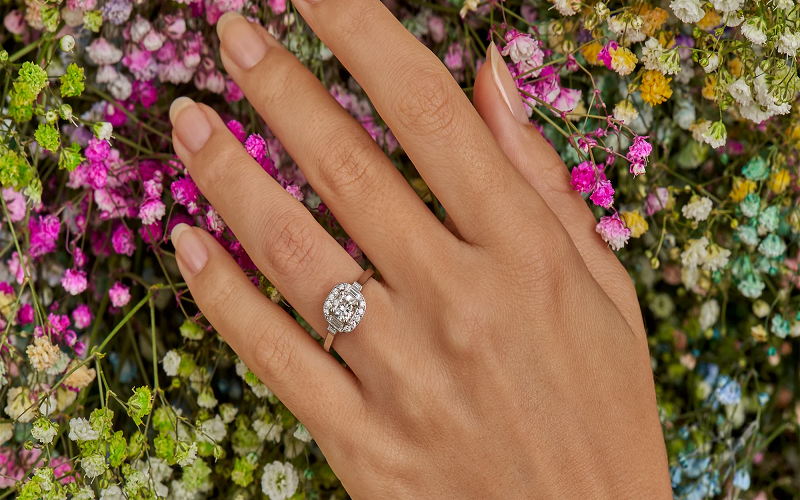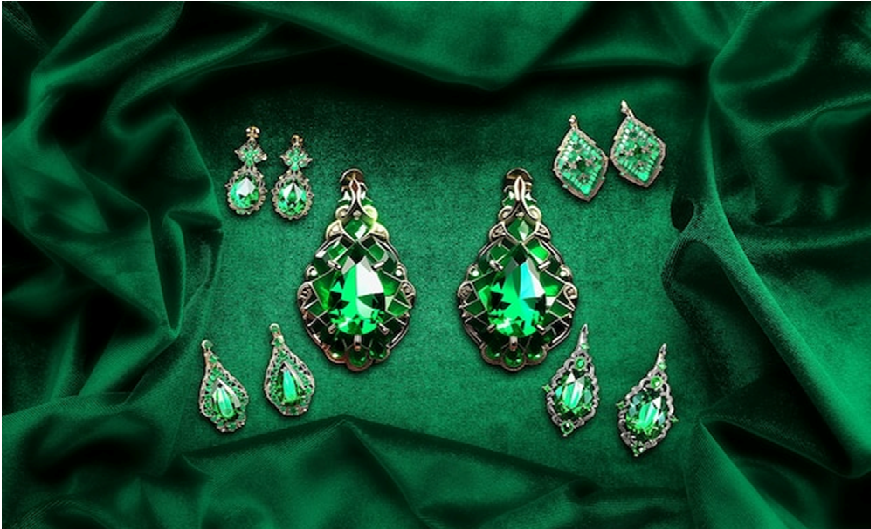The diamond takes its name from the Greek “adamas”, which means “indomitable”. There is no harder material: it is virtually unbreakable. Its abrasive power is 140 more powerful than that of corundum. However, the hardness of the diamond varies according to its facets. This is the reason why it is possible to cut a diamond with another diamond (or with diamond powder which, statistically, can contain various hardnesses of diamonds).
Only 20% of all diamonds are suitable for jewelry making. Most of it is used in industry. Indeed, these are indispensable for drill bits, milling machines, glass working tools, grinding wheels, as well as in the field of science for measuring techniques and hardness testing. Assessing the quality of jewelry diamonds requires a great deal of technical knowledge and experience. The color (color), the purity (clarity), the size (cut) and the weight (carat) are taken into account. It is these four “c’s” that determine the value of a diamond.
The colour
There are diamonds of all colors. Most of them are in shades of yellow – their color is determined by comparing them to colorless diamonds. Some rarer diamonds have more pronounced colors (green, red, blue, purple, brown, yellow) and fetch very high amateur prices.
The purity
In Germany, the purity of a diamond is judged solely by its inner perfection. In the United States and Scandinavia, its exterior quality also matters. The purity of a diamond can be altered by the presence of minerals, cracks and phenomena due to its growth. These alterations are commonly called “inclusions” – they were also called “toads” in the past. Pure diamonds are cut diamonds that show no impurities at 10 times magnification. Defects which could appear at higher magnifications are not taken into account during the graduation. Since 1971, in Germany, the reference graduation color bears the code RAL 560 A.
The size
The general shape of a diamond is judged by the type and shape of the cut, its proportions, its symmetry as well as other characteristics of outward appearance. The standard cut type in France is “brilliant” – in Northern Europe it is the “Scandinavian standard brilliant”.
Everything you need to know about precious metals
Precious jewelry is made from a variety of materials, the most important being precious metals. A precious metal is a metal which, even at very high temperatures, does not bind with oxygen, which means that it does not oxidize, rust or tarnish. These characteristics are specific, for example, to gold, platinum and silver, but also to platinum derivatives, less represented in jewellery, such as rhodium and palladium.
Gold is the most malleable precious metal. It can be reduced to a sheet with a thickness of 0.0001 mm and one can stretch a gram of fine gold until it forms a wire with a length of 2 km! This extreme malleability makes gold too flexible a material to be worked in its pure state. This is why we create an alloy, ie a mixture with harder metals, before we can use it. The hallmark visible on a piece of jewelery lets you know what proportion of gold it contains (always per 1000 units). The alloys generally used for making jewelry are: 750/000, 585/000 and 333/000. 585/000 means, for example, gold is 585 units of fine gold to 415 units of alloy metal, such as
money
Just like gold, silver is also a very flexible and stretchable material. It must also be alloyed before it can be worked (most often with copper). The silver alloys are: 800/000, 835/000, 925/000 (sterling silver, like English coinage). Fine silver is so flexible that it can be engraved with a knife. Of all the precious metals, silver is the most conductive of electricity and heat. It also has antibacterial properties. This is why it is often used for making cutlery. During the First World War, some soldiers reported that they managed to make drinking water with silver coins. Silver tarnishes because it reacts to sulfur in the air. Thanks to cloths specially designed for silver, it is possible to remove this blackish appearance. Additionally, silverware often comes in a box lined with a special fabric that prevents silverware from tarnishing when the box is closed.





